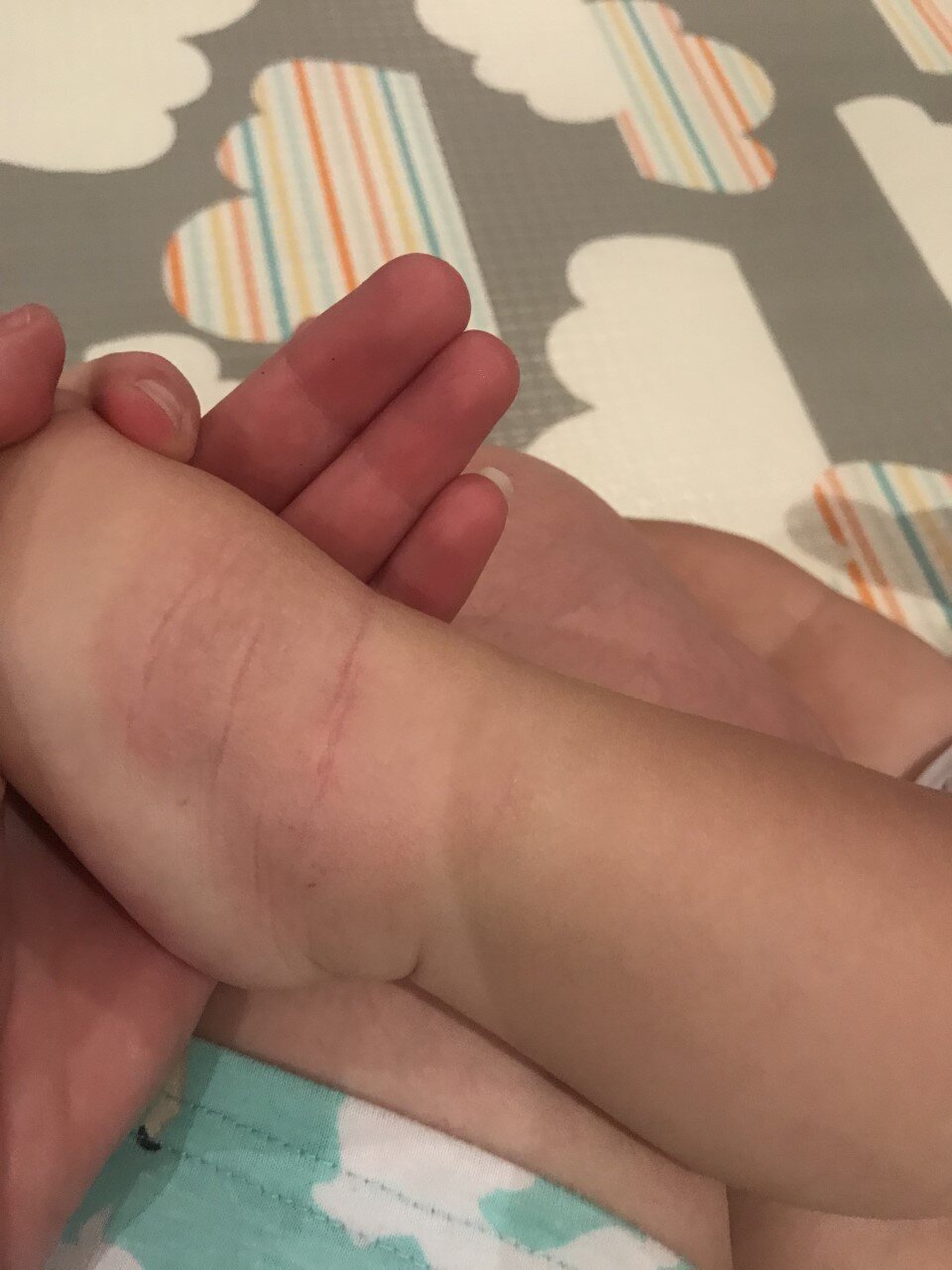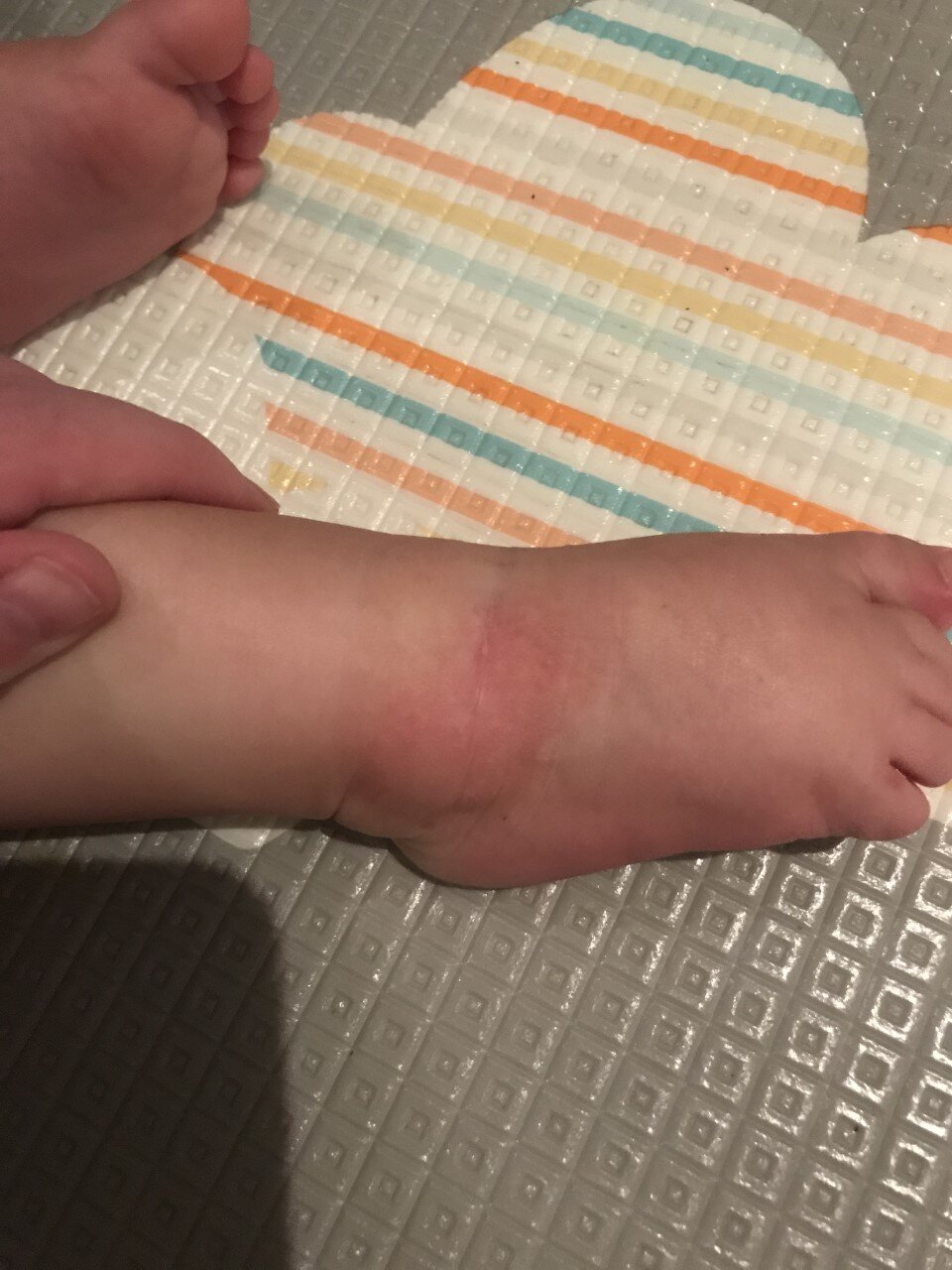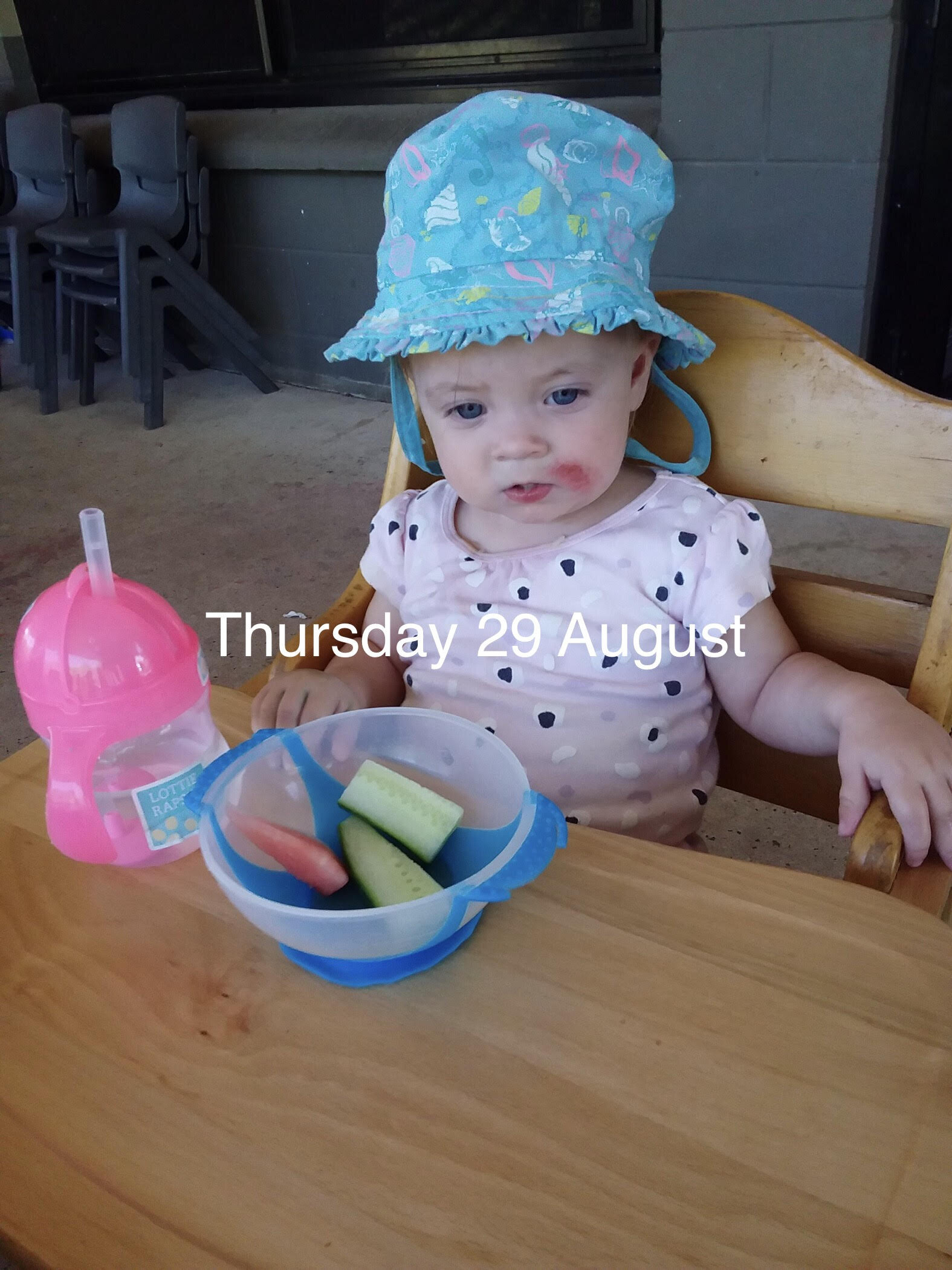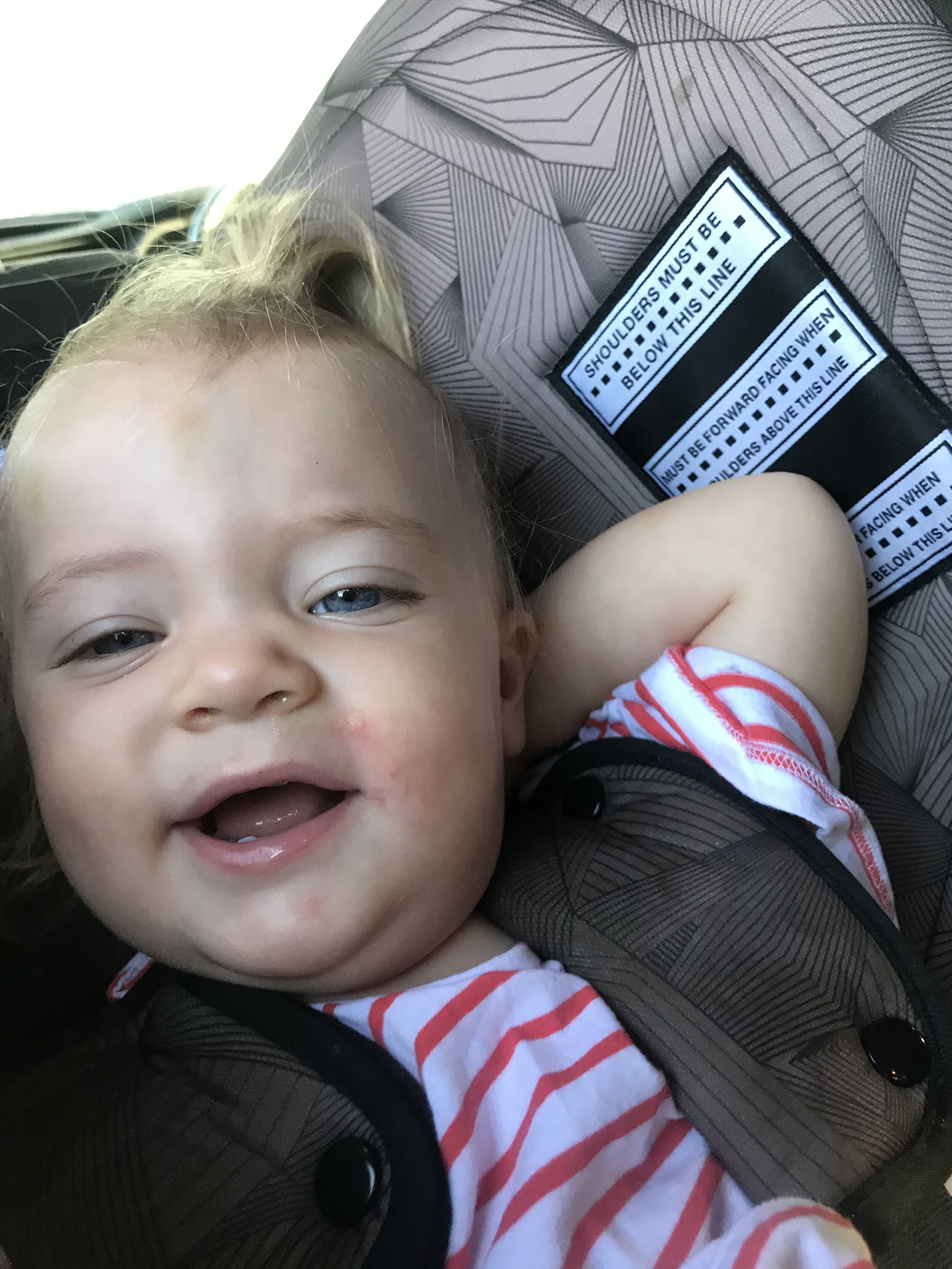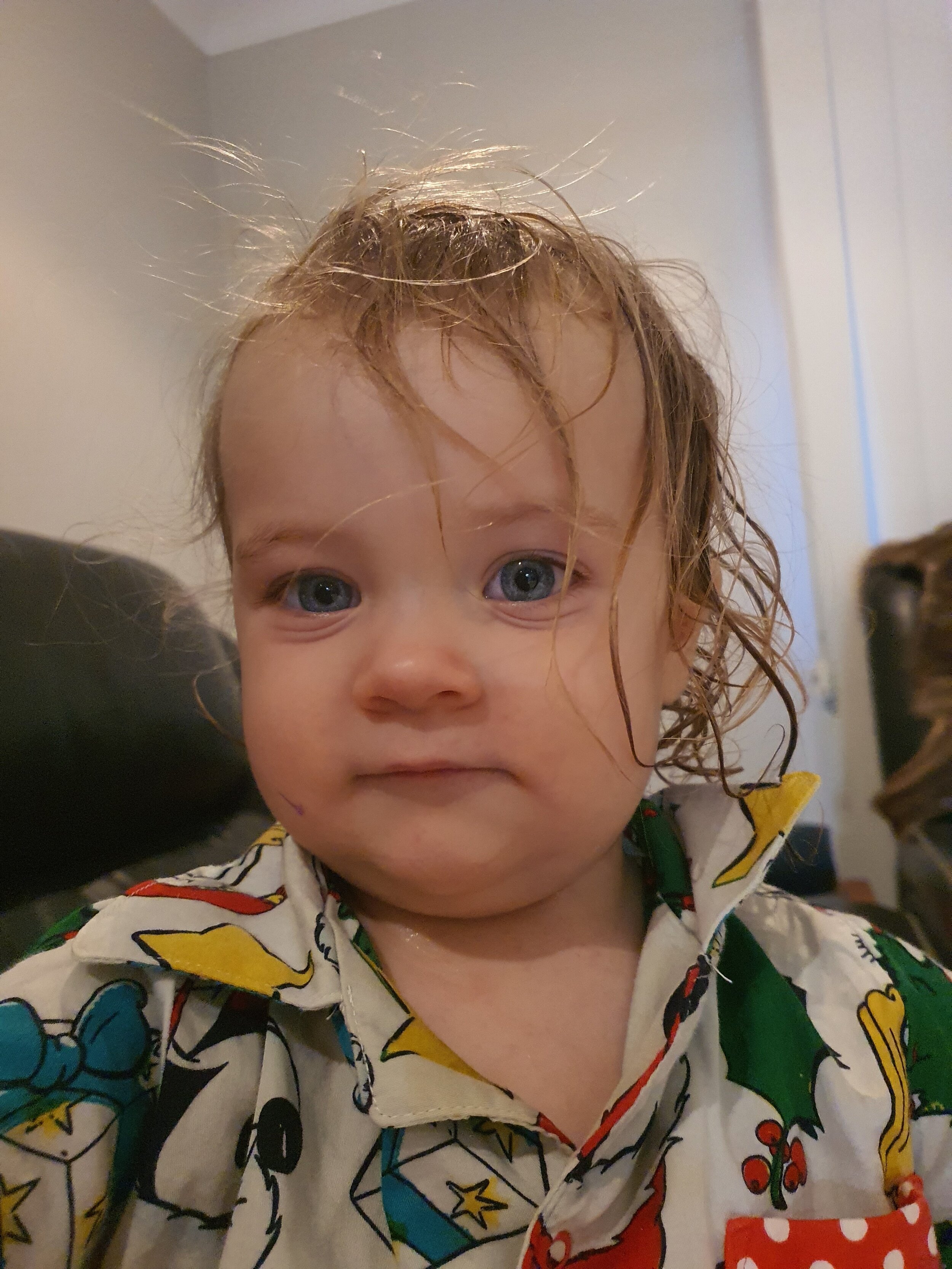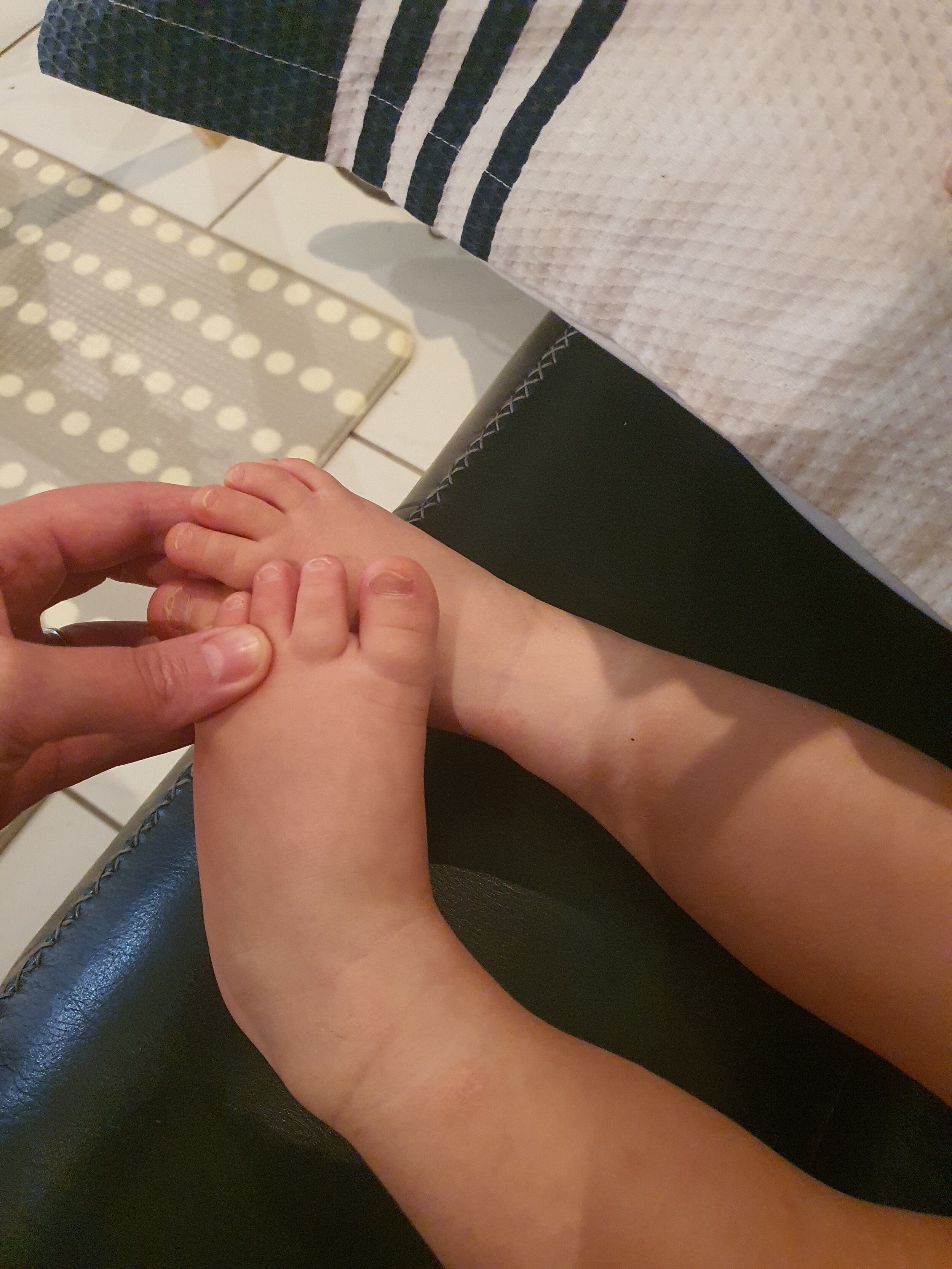Lottie has come so far in treatment, which is an ode to her phenomenal mother.
I first spoke with Lottie’s mum a little over a year ago, when Lottie was just under 12 months old.
She had several patches of eczema on her face, back and feet, and the patch on her face had developed a secondary fungal infection. She was on antibiotics and topical anti-fungal cream at the time of our first appointment, which unfortunately wasn’t the first round of antibiotics little Lottie had.
Her skin was always irritated and she would scratch at her feet until they bled, so her mum would cleverly put little shoes on her to reduce the contact she could make with her skin.
Lottie had several food allergies and her mum was still navigating the waters around what to feed her and tracking reactions that may have been under the radar of IgA allergies. She had seen immunologists, who couldn’t tell her much about why Lottie was so reactive. She diligently kept track of Lottie’s food and changes she’d notice in bowel motions, flatulence, skin flares and vomiting.
In taking Lottie’s history, I learned that in the first 5 days of life Lottie was on intravenous antibiotics. Of course, praise be to antibiotics and the benefits they have in saving lives from bacterial infection! This is not a story about judgement of antibiotics, but rather this is about understanding how Lottie developed eczema so that we could treat it appropriately.
Antibiotics can greatly disturb the diversity and development of the microbiome, and exposure in the first 2 years of life in an infant is significant, as it is a predisposing factor when it comes to the presentation of eczema.
Other predisposing factors are:
family medical history (usually of the mother as the eczema gene is maternal, though I do often see the father is the only one with a relevant history of eczema in my patients)
dairy consumption during pregnancy
c-section birth (as vaginal birth helps to develop the microbiome)
formula-fed infants (as breast milk feeds a beneficial flora, provided the child is not lactose intolerant!)
Lottie had half of the above factors, so it was not surprising to hear that her eczema began by around 4 months of life.
The dysbiosis (disruption of the microbiome that is supposed to keep us healthy and the immune system happy), coupled with several food allergies, meant that Lottie’s immune system was often in “over-drive“, creating inflammatory responses that go on to reach the epidermis.
Lottie also had incredibly dry skin, as we so often see with eczema, which may be related to filaggrin gene deficiency. Internal inflammation + disruption of the microbiome + disrupted skin barrier = Lottie scratching herself silly.
Following The Clear Skin Formula™ we focused on correcting the microbiome and skin nutrition, whilst reducing inflammatory foods. Our first steps were working with the Personalised Food Guide, assessing the compatibility of common foods, baby formulas, household items and skincare products with Lottie. This helped to give her mother some more stable direction with what foods and topical items to avoid. We also introduced some high quality essential fatty acids, vitamin A and D and specific probiotic support.
Within one month of treatment the severity had reduced greatly, with the eczema on her back clearing up almost entirely. After 3 months of treatment Lottie had stopped scratching, her face had cleared up and we were continuing to manage her foods to reduce reactions.
In the last 6 months, we have mainly been maintaining the prescription that has worked so well for Lottie.
Lottie’s prescription has been quite basic, with a lot of the work being done with food, thanks to her incredible mother. Outside of the nutritional and probiotic support, I have used basic anti-allergenic and liver-supportive herbs to assist her, which have proved to be very effective. In the times where Lottie has gone without these herbs, her skin has become aggravated again quite quickly. We are also working with specific heat treated probiotic strains and fibres to regulate the immune response via the gastric-associated lymphoid tissue.
Due to the allergenic response involved in eczema, Lottie will remain on this prescription until she is around 5 years of age. One of the indicators to me that she will require this support for the first few years of life are the deep lines that can be seen underneath her eyes. These lines are referred to as Dennie-Morgan infraorbital fold , and have been noted in patients with atopic dermatitis (and those with an allergenic constitution). The herbs that Lottie are on are targeted towards this allergenic constitution.
The most significant allergy that Lottie has is to dairy - to the point that she will develop contact dermatitis even if touched by someone who has touched dairy. In the future, she is going to try desensitisation therapies to assist her reactions to food (not in an attempt to try to get her to consume them again, but more so due to the contact dermatitis that develops if she or someone else has touched these food items, in the hopes of making life a little easier as she gets older).
Over the year since treatment started, I have consulted with Lottie’s mum 7 times, making the total cost of our consultation together far less than the many specialists she had already seen who had not been able to make a difference to Lottie’s eczema.
It brings me so much joy to see little ones like Lottie (who is now a big sister!) live a happier, healthier life thanks to the work that we can do when we heal from the inside out.
If you are the mum of a bub with eczema, you can always book in a free discovery call with me to see what the next best steps are. I often recommend the Personalised Food Guide + a few basic supplements to support before going through the full consultation process, as I see such great results with this approach alone. The beautiful thing about little ones is that they don’t need as much as adults to elicit change, so the process is usually much more straight forward and simple.
If you are currently soothing your bub’s eczema with steroid creams, I recommend that you also read this blog so you are informed about consequent problems that can develop with corticosteroids.
And lastly, if you are a mum of a bub with eczema and you are pregnant again or looking at becoming pregnant again, there are simple things that you can do during your pregnancy that may help reduce the risk of your next bub developing eczema. This is something I was so happy to help Lottie’s mum with in the birth of her second daughter, Mabel.
There is always hope. There is always a second opinion. Listen to and follow your mother’s intuition. It rarely leads you astray. I’m so glad that it led Lottie to me!


